Mykhailo Syrokhman, art critic, researcher of wooden churches
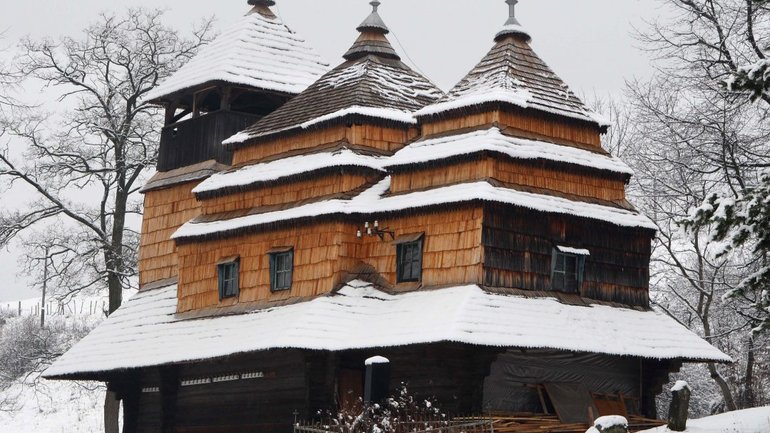
Ukrainian wooden churches are ideal architectural buildings. In no other country is wood as a material so harmoniously used as in Ukraine, according to Mykhailo Syrokhman, art critic and researcher of Transcarpathian wooden churches.
The largest number of wooden churches in Ukraine is registered in Galicia. However, they are better preserved in Transcarpathia, where their number is smaller (60 out of the 110 churches can be considered ancient). In addition, Transcarpathian churches are known for their styles, which cannot found in any other region of Ukraine. In general, there are five main architectural styles, and several more local ones. In Transcarpathia there is also one of the oldest wooden temples, which is believed to have been built in 1470.
Q: What triggered this phenomenon of Ukrainian wooden churches?
A: There was a kingdom of wood. Everything was made of timber, from a long time ago. Therefore, temples became the apogee of the discovery of this material.
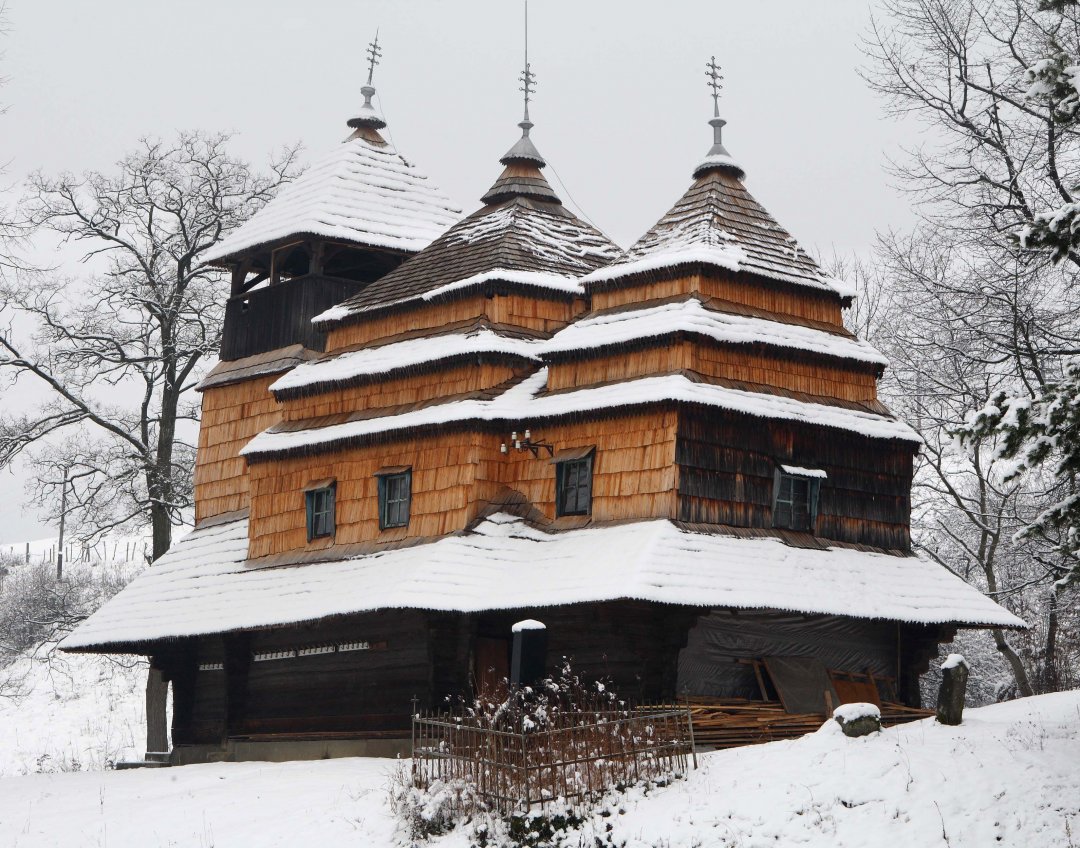
Q: There was a period when Ukrainian churches were actively compared with Japanese temples...
A: This is a very interesting comparison, and it is appropriate. However, in principle, everything in the world has its own parallels. The storeyed structure of Ukrainian and Japanese temples is purely external coincidences, but they exist.
There are also differences, for example, in the very principles of construction. The angle of logs in Ukraine is so simple, and it is so complicated in Japan. Ukrainian churches are the true architecture - what you see from the outside is the same inside.
Churches in Norway are strict, chopped – the Vikings! However, inside there is an unexpectedly dense carving, open hall, columns. Although, it would seem that there should be the same restrained space inside, some sort of similar asceticism. This is a certain dissonance. This is not the case in the Ukrainian church.
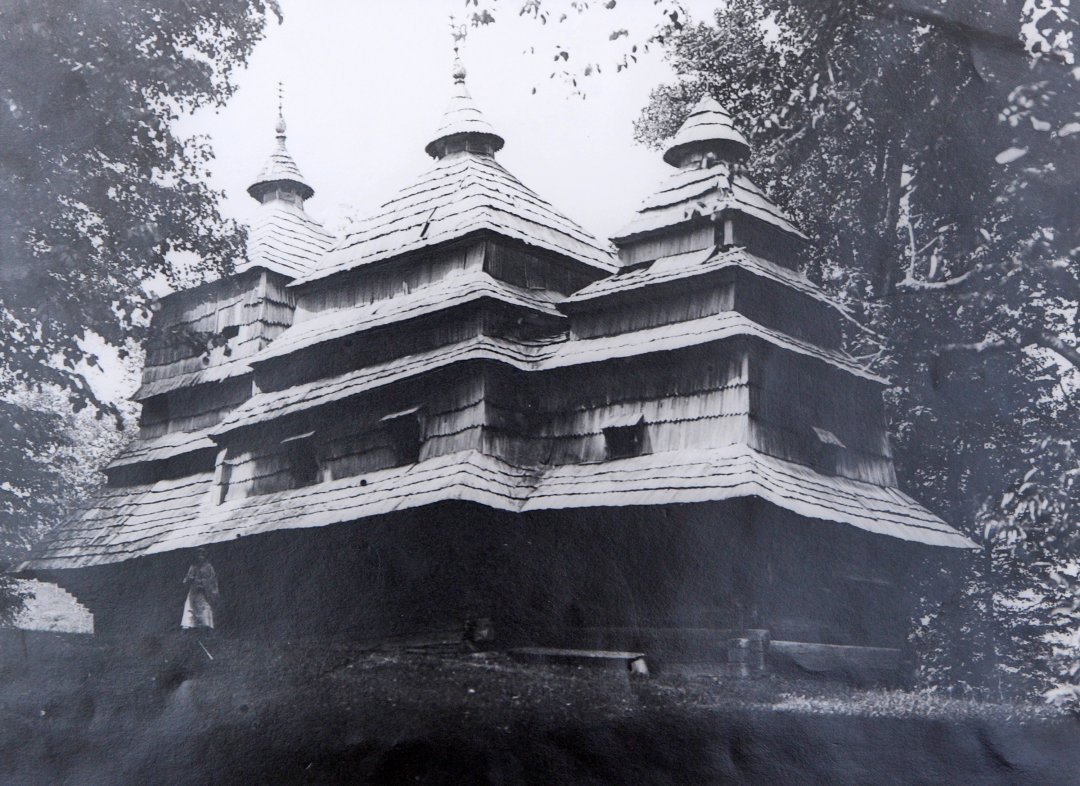
Q: Perhaps we should learn from France or Norway how to protect these perfect churches, should not we?
A: I agree. But the difference between us is that they have a strong state, which stands firmly on the fact that it is necessary to preserve what you have, that this is the most valuable thing. Our country has not had such a position for a long time, it only begins to emerge.
In general, there are three factors that have led to such a miserable situation with our wooden churches and monuments. The first is the non-participation of the state in preserving its historical monuments. On the other hand, people do not have the habit of abiding by laws. Therefore, they do not even protect what is protected by the law. We have another factor - the Moscow Patriarchate, which sometimes conducts hostile activities against the Ukrainian people - in the sense of preserving our monuments. As for the activity of the Moscow Patriarchate, it should be noted that Transcarpathia did not even have time to notice how the architectural face of the region has changed in recent years. They built so many churches of some strange type, which is completely unusual in this area - everything in the Moscow style. But there is a Ukrainian Orthodox tradition.
Q: Is it a kind of marking territory?
A: Yes, it means imposing and confirming the myth that this, they say, is their Russian, not Ruthenian land.
Q: And this concerns even not the construction of new temples. Last year, we had a scandal in Bukivtsiovo (a village in Zakarpattia region) when they changed the authentic form of the baroque dome to Moscow's "onion."
A: In general, there is such a trend that the churches with sharp domes "are not blessed," as they say. Therefore, it is necessary to change them to "onions." As for Bukivtsiovo, this is certainly a mistake, because if the authorities found the money, it is necessary to check how it is used. The regional state administration did everything well – they allocated money, found a master, and it turned out that they pleased the Moscow church. There was another story. The monastery in Bukivtsiovo turned to one master who made iconostases. It turned out that the carver was a Greek Catholic, and the priests canceled the order. They said that he would defile the iconostasis with his work.
Against the background of other regions in terms of roofing churches with metal, we still look good. Compared to our neighbors in Lviv region (a lot of wooden churches there have metal roofing), the situation in Ivano-Frankivsk region is generally catastrophic! All churches are tightly covered with metal, and the yards are either asphalted or concreted. Moreover, it does not matter whether the church is Orthodox or Greek-Catholic.
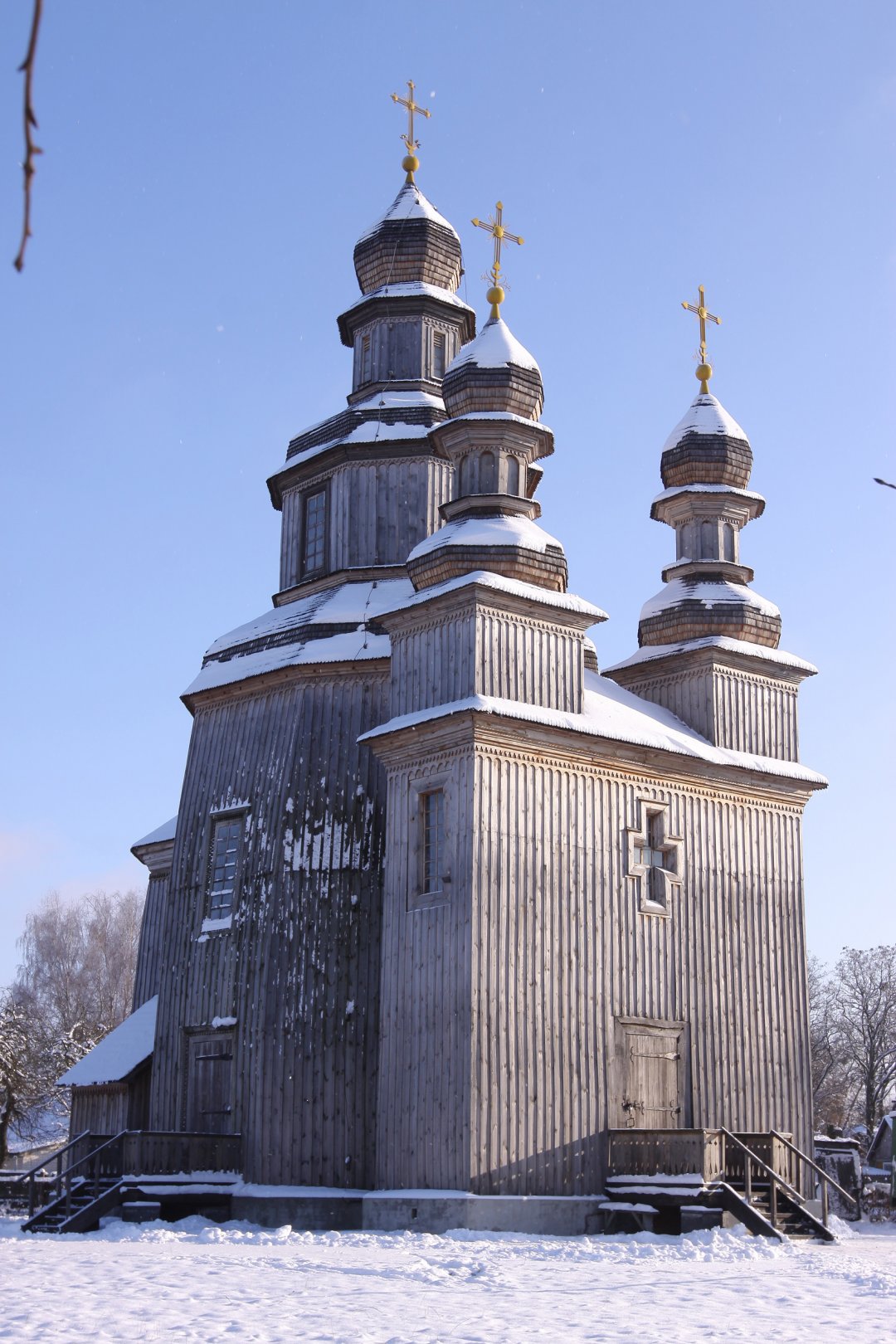
Q: Why was Zakarpattia region lucky?
A: Our churches were desecrated mainly in the 1990s - and then the regional authorities took a clear position: wooden churches should be preserved. And this destruction process has stopped. Moreover, it did not matter who was the governor. There was an understanding that this should be preserved. This somehow penetrated into our consciousness. They invented a slogan that Transcarpathia is a land of wooden churches.
Q: Is it possible to restore them?
A: Of course, it is possible. The law says that it is possible to oblige communities to give the monuments their original appearance. But here everything depends on glorious political will.
Q: You know, there are many problems in the state that "political will" does not care about the roofing of ancient Transcarpathian churches...
A: You know, the problem of what to eat and what to wear has always existed and will continue to exist. But the church exists, and then it suddenly ceases to exist due to someone's foolish actions.
Q: Why do you think the 1990s were the years of the greatest threat to wooden churches?
A: Chaos after the collapse of the Soviet Union, religious freedom...
In general, this should be a strategy - to return historical appearance to Transcarpathian churches if we are talking about the tourist development of the region. And this is possible. We need only understanding, will, and money. However, due to our attitude to nature, the landscape value of our region is constantly decreasing.
And there should also be an understanding that the church has a protected area of the monument – that is, in order not to install concrete fences, not to build stairs around the temple. As for the protection zone, this is a problem of most wooden churches. For example, Velyky Berezny district is known for masterpieces of the so-called Boyko architecture, but the situation with the destruction of authentication is catastrophic.
A recent example of unbridled barbarism is the story of the most beautiful Hutsul basilica in the village of Stebny. As soon as they found a patron who was going to restore the church at his own expense, the priest immediately began reconstruction work. This beauty was so distorted that a person with normal taste would escape from such a building.
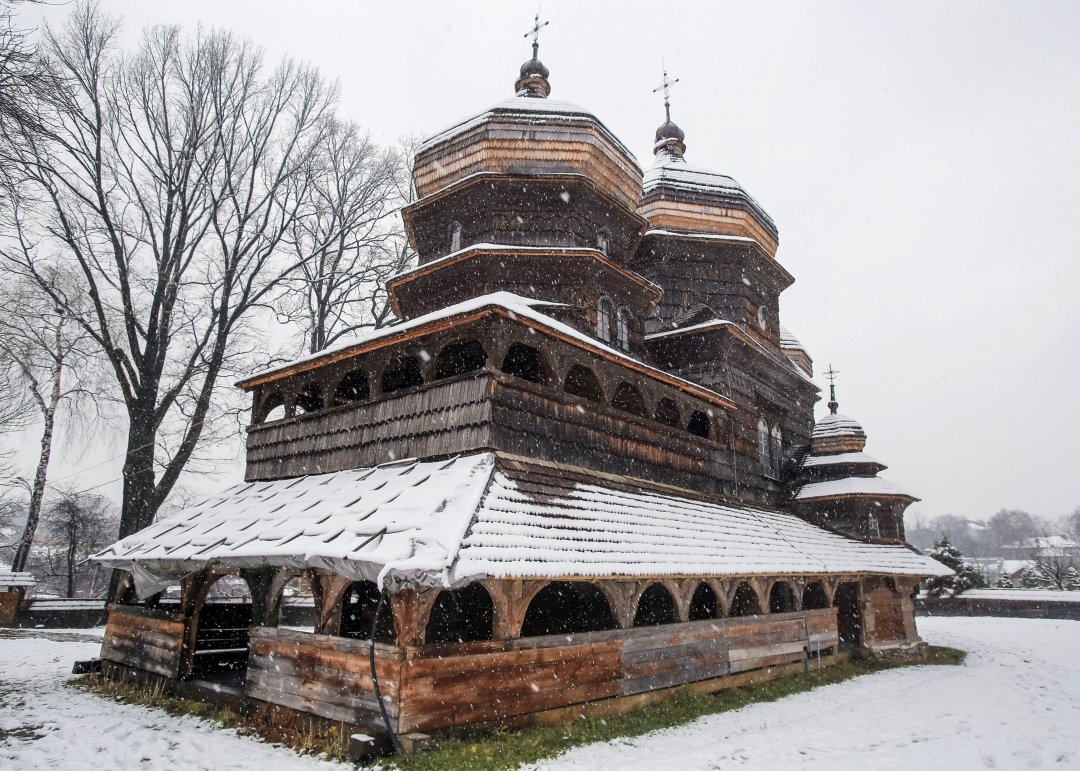
Q: Do you inspect wooden churches now?
A: I have not done it recently. I do not want to be injured. I remember how beautiful these churches were.
Q: What will happen to churches? Will people protect and restore them?
A: Let's see. It's good that there are young people who are interested in these things, but this is a drop in the sea. It is necessary for the authorities to join this process. The secret is simple: we must be patriots of our country, region, district, village – that's it. We need to love our environment more than dollars. If a barn burns to the ground, prosecutors and investigators come, interview people, and conduct experiments. If a church burns down, nothing happens. They say it's not their business.









